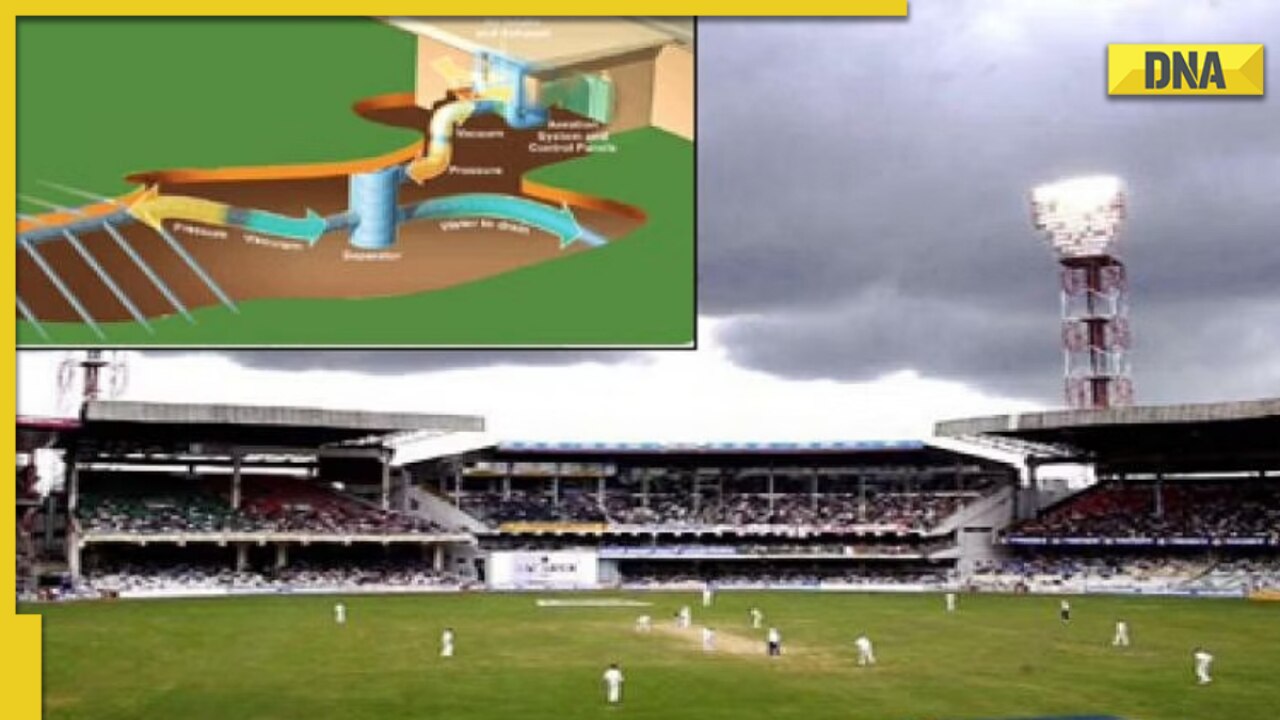
As the toss has been delayed at the VCA stadium in Nagpur due to a wet outfield after rains in the city. The umpires first inspected the ground at 7pm, which was when the toss was originally supposed to take place and have now scheduled a third inspection at 8:45pm. This means that overs will be reduced if the game takes place. The umpires were seen having conversations with the captains Rohit Sharma and Aaron Finch before the announcement for the second ground inspection came up.
The spectators are unhappy that the Vidarbha Cricket Association Stadium does not have a sub-air system in place to dry the water patches and prepare the ground for a cricket match. After it poured all day in Nagpur and other parts of Maharashtra, some patches of the ground remained wet even after the rain stopped. Because there was sun to dry it off, the officials could only wait for the outfield to be ready for play. The match may have started sooner if a subair system had been in place.
What is the sub air system in a cricket stadium?
The SubAir surface aeration and vacuum-powered drainage system, or simply the SubAir system, refers to a technology that helps prevent water logging as it is capable of draining water 36 times faster than normal conditions.
The system functions by sucking the water out via the super absorption pipes at the rate of over 10,000 litres a minute from the time it begins to rain at the ground. The technology works via activated signals from the remote sensors installed in the field.
The state-of-the-art facility was installed at Chinaaswamy Stadium in Bengaluru to eliminate the need of match cancellations or delays due to wet outfield conditions.
The aeration function of the SubAir system offers an optimal growing environment for the root zone, thereby minimising turf diseases, algae, excessive thatch and black layer.
The Karnataka Cricket Association (KCA) had installed the SubAir system at a cost of INR 4.25 crore. The maintenance cost of the state-of-the-art technology is around INR 7 lakh annually.